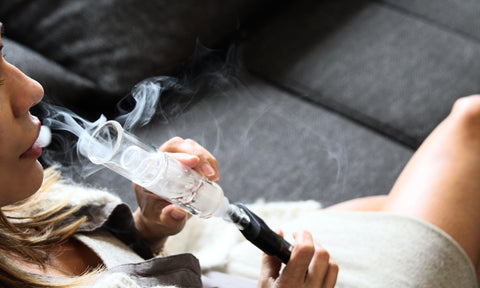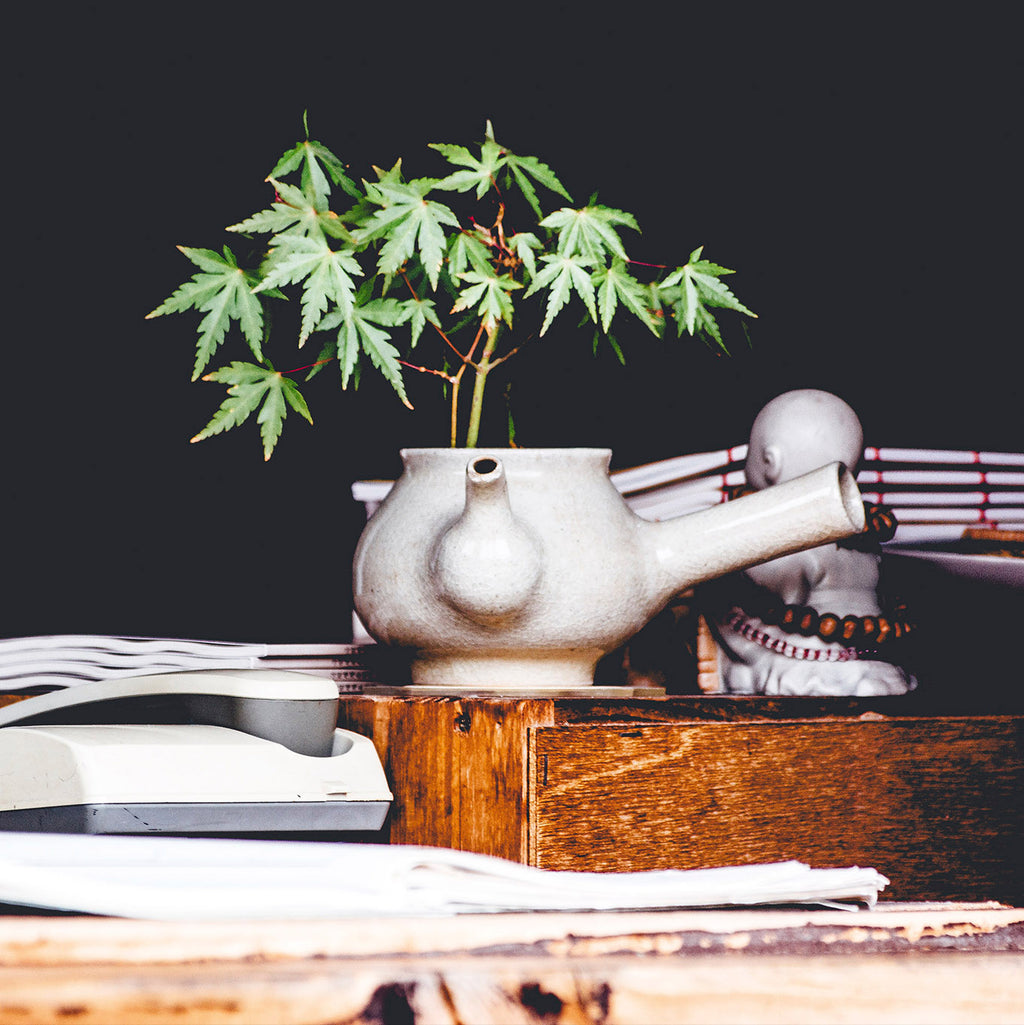Cannabis Extracts and Concentrates: Differences, types and uses
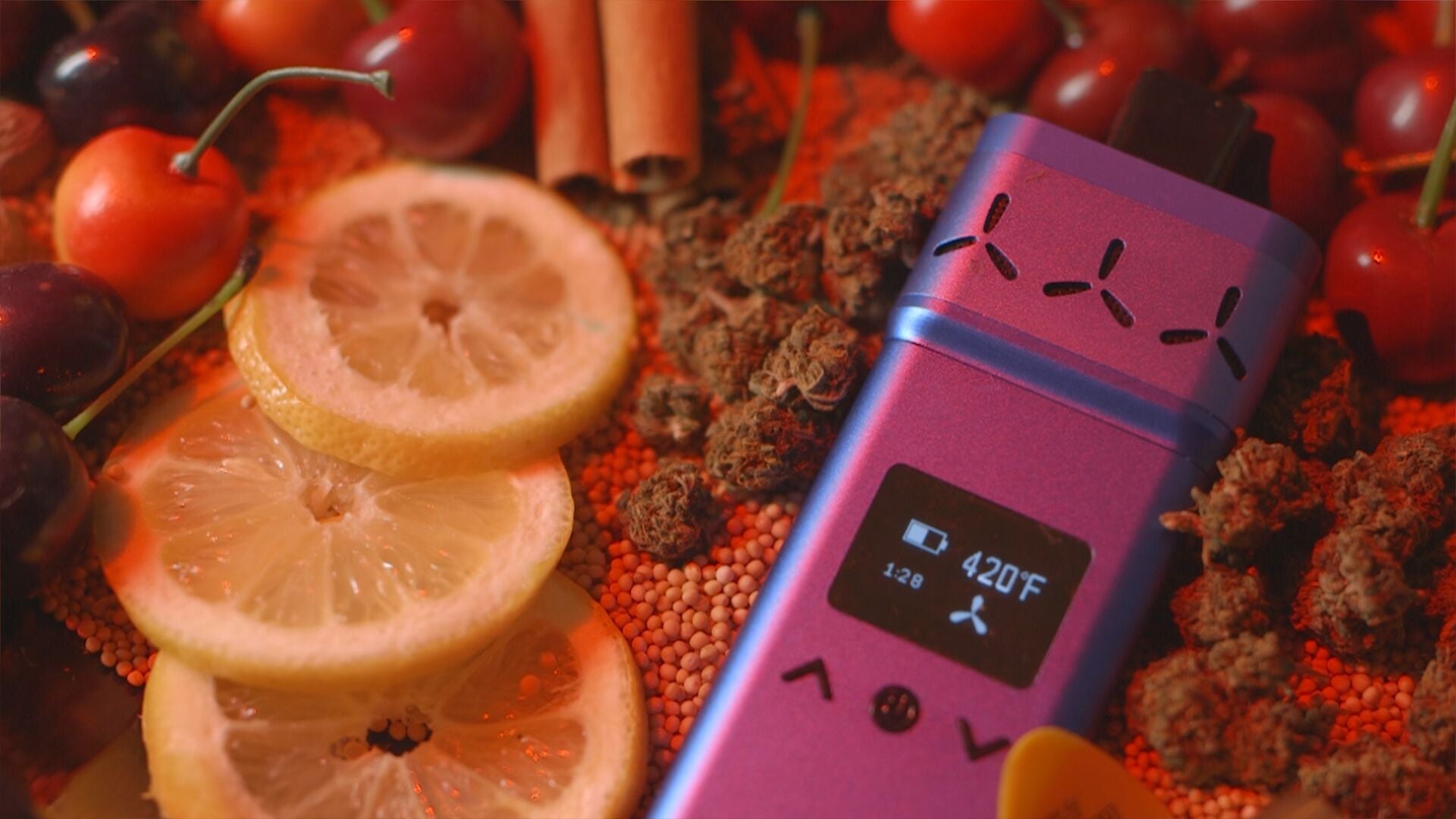
Cannabis Extracts and Concentrates: Differences, types and uses
Cannabis extracts have slowly but steadily gained in popularity among recreational and medical users. While oil-based extracts seem to be the most popular and commonly used forms of loose leaf, cannabis extracts have a lot more variety than being oil-based. Kief, hashish, waxes and even honey are some of the many, many head-spinning numbers of extracts that are available in the market now.
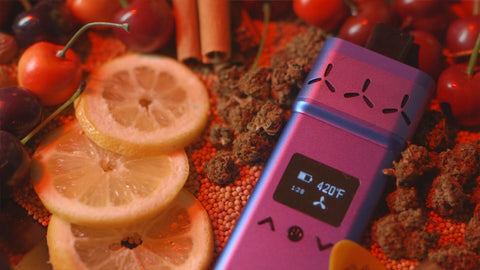
Loose leaf is extracted (or concentrated) to allow for higher potency (levels of THC). There’s a large number of extracts and concentrates catering towards specific use cases and needs
But why choose extracts over say, smoking or an edible? Well, for one, the concentration of THC ( or CBD) is much higher than what you find in loose leaf in its pure form. While the concentration varies between 15-30% in the bud of the plant, THC extracts can go up to 90% concentration, with even Kief having a concentration ranging from 20 to 60%.
It's rather fascinating that up until the early 2000s, we really didn't have much of a choice on how we used our stash. Between smoking and edibles, pot culture and use remained so closed ended that the pervasive stereotypes of then continue to exist today.
And the thing is, concentrates and extracts have existed in some form or shape for a long time now. Hashish, for example, is an extract of loose leaf that’s been used in Asia for millennia. Now, however, we find ourselves with so many options that it’s difficult to keep track and know what their use is.
Our goal is to succinctly summarize some of the more important, commonly found and easy to DIY concentrates and extracts. These aren’t the same thing and there are a few key differences between the two that need to be cleared before we proceed
The difference between concentrates and extracts
While concentrates are used as an inclusive term for both concentrates as well as extracts, there are a few important differences between the two, mainly in the process and definition as well as in use to a smaller extent. Concentrates usually mean that you’re using something to make another thing more strong and potent. In this case, concentrates are made by using oil, alcohol, water and even carbon dioxide. The end goal is to make the substance more potent. This isn’t the case with extracts, which are usually made using heat and pressure to extract THC or CBD from the bud.
Which concentrate or extract should you choose?
As mentioned previously, there’s a large range of concentrates and extracts to choose from. Most of them aren’t meant for smoking (some are) but instead are aimed towards people who vape or have devices made specifically for that extract (dabs, for example). We’re going to try and look at extracts and concentrates that can be used easily, are compatible for people who smoke and vape and don’t want to spend too much money on something they don’t feel comfortable or familiar with. That being said, let’s take a look.
Hashish
One of the oldest cannabis products derived from the bud, hashish has been around for several thousand years, spanning the cold mountainous terrain of the Hindu-Kush in Afghanistan and Pakistan to the Himalayan range in China, India and Nepal.
While hashish has now evolved in how its made, the old school process of making hashish is pretty simple: rub your hands over the bud and let the oil clump into small little creamy blobs and get them all together to make hash, also known as Charas Hash.
They’re found predominantly in the hilly regions of India and are also made by using leather or other cloth material. However, it’s not the most efficient process, not to mention that the percentage of THC present is pretty low in comparison to some of the other processes we know about, like:
Bubble Hash: This is where the trichomes of the bud (the little hairs found on the flower) are extracted from the flower using ice water, making a solvent-based solution. This particular process yields a 30-60% THC level.
Afghani Hash: The process of making Afghani (also known as “Royal Afghani) hash is similar to the charas made in India.
Over here, small indica flowers are taken and rubbed slowly, mixing a little bit of tea or water to get some more consistency and flavor and also allowing the cream to mix well. After a while, it’s shifted into airtight containers to retain potency and flavor.
Afghani hashish is widely regarded as the most potent and highest quality of Hashish available on the planet.
Lebanese hash: The above categories of hash that we covered are all mostly concentrates. Lebanese hash has a completely different procedure.
The flower of the plant is passed through a sieve to give resin, which is then heated and then compressed. The resin melts and sticks together to create a blob that then becomes hash.
Lebanese hash is usually hard and yellow in color, with its THC percentage ranging from 3-26%.
Butane Hash Oil (BHO)
Butane Hash Oil is one of the more popular loose leaf-based oils. The process of making BHO is not an easy one and can even be dangerous for people who aren’t professionally trained.
Loose-leaf buds are put in a container, where butane is supplied under pressure and high temperatures. After going through the buds, the butane is discarded while the potent remnants are used. Usually, other chemicals and substances are used to remove odors and residue from the plant.
Butane is mixed with loose leaf to create a concentrate called butane hash oil (BHO). The resulting oil/wax/solid is extremely potent and is a solid base for making vape juices
The final product is a concentrate that’s extremely strong and depending on the amount of pressure used and the temperatures its subject to, the end product varies: it can be oils or hard, glass-like matter that can be shattered. It can be manipulated to even give a wax-like end result.

Shatter is one of the most popular concentrates that are used for making vape juices and is among the most potent concentrates we use
The glass-like substance, commonly known as “shatter”, is one of the most commonly used bases for making vape juice. If you can source some shatter, making vape juice is a project that you can DIY (albeit being slightly complicated).
The high potency, lack of odor and ease of use make it viable for daily use. BHO and its substitutes can be used for both medical and recreational purposes.
Rosin
Rosin is a cannabis extract that’s extracted from Resin (hence the name). It’s one of the easier extracts that you can make and while commercially produced rosin will be higher quality, there’s nothing that stops you from going ahead and doing it yourself.
Making it is very straightforward: take your bud and place it between two parchment papers. Depending on the tools at hand, you can either use a small amount or a large amount of bud. When DIY-ing, using a hair straightener seems to be a commonly used tool, in which case a small amount of bud will do.

Rosin is made by pressing loose leaf in a parchment between the plates of a hair straightener (small scale). Rosin is versatile and is viable for medical and recreational use
Put the flower between the two papers and make sure your straightener is preheated. Press the straightener down on the papers (and bud) by placing it between the plates of the straightener. Once you hear some sizzling, stop pressing and let the rosin cool. Take a knife and scrape out the yellowish substance from the papers. That’s your rosin!
Rosin is usually used for medical purposes, but it can be used recreationally as well. Most people tend to use rosin as a base for making cannabis oil, but some of them use it as a way to make their joints stronger and twirl it around their joints (or ground it up in their stash) and smoke it.
CO2 Oil
Similar to Butane hash oil (BHO), CO2 has been used to extract THC and CBD from bud. The procedure of making CO2 oil is strikingly similar to BHO, with a few key changes.
Similar to butane oil, the flower is placed in a container where CO2 is passed under pressure and low temperatures, which is different from the high temperatures provided during BHO production.
This changes the gaseous state of CO2 into liquid and as it passes through the bud, the potent extract is kept while the carbon dioxide is either discarded or reused.

Unlike the flammable and dangerous butane, CO2 oil is safer for production (and use) and very potent. CO2 oil can be used as a vape juice as well.
There’s very little chemical alteration after the initial process. This is because unlike butane, Co2 isn’t dangerous (or flammable). This makes CO2 oil a safer alternative to BHO, both in terms of production and also in use (BHO has been found to be harsh on the throat). CO2 oil can be used in vaporizers or even in dabs. They’re versatile, safe to use (and produce) and extremely potent. However, they’re not very cost-effective and can require additional processes like distillation.
Kief
The most common and easy way of extracting loose-leaf, kief is when you take the tips of your bud and grind it against your grinder or a sieve. The resulting powder is known as kief. While kief is a result of grinding the trichomes of the bud, the potency of it is relatively low in comparison to other extracts, sitting between 15-20% of THC. Its ease of use and extraction not to mention unlimited scope in terms of transforming it into a different type of extract or concentrate is endless, which is what makes kief so universal and popular.
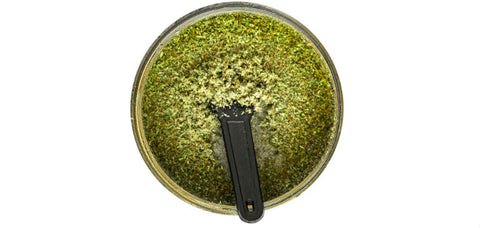
Kief is one of the most commonly used extracts in the loose leaf world and works as a very versatile base for further extraction and concentration
Most of the extracts we covered can be used in our Airvape vaporizers. However, this isn’t the only use of extracts and concentrates, as it can be used with other devices to help make the loose leaf experience even greater (in some instances). Many of these extracts can also be made at home, so if you do embark on making any of them, make sure you’re safe and know that it’s not easy to get a perfect result in the first try, especially when it comes to making vape juices.
Questions not answered yet? Head to the AIRVAPE FORUM by clicking HERE!!!
By the way, it's absolutely free and fun if you join it now.

